“The highest education is that which does not merely give us information but makes our life in harmony with all existence.” – Rabindranath Tagore
Rabindranath Tagore was an Indian writer, poet, playwright and philosopher while also dabbling into a few other art forms. One of the greatest artists our country has ever produced, the legend went on to win the Nobel prize in literature for his poetry collection ‘Gitanjali’, a highly prestigious one of a kind laurel.
Born on 7 May 1861 in Bengal, Tagore began writing poems since a very young age. He got his first set of poems published while still being a teenager. Later steadily he explored other forms of writing and soon revolutionized the whole setup and patterns in which the art was consumed back then.
Studying at a prestigious law school in London, he opted out of the course and began studying Shakespearan plays. Apart from being a prolific poet, Tagore had literally pioneered the short story genre in Bengali literature back in the day with his first short story named ‘Bhikharini’ in 1877.
His writings focused on stories about common people. Tagore’s observations about society and the poverty, class difference, it’s consequences, their struggles, so on and so forth found a mention in some or the other capacity in his writings consistently. In 1890 another popular poetry collection of his named “Manasi’ was published. It was followed by the highly acclaimed 84 story multi volume composition named ‘Galpaguchchha’ published in 1900.
His regular interactions with the local people turned out to be his major fodder for thought during that era. It paved a way for those socio realism elements to reflect the social state for the time being. Novels like ‘Choker Bali’, ‘Nauka Dubi’, ‘Gora’, etc were later published in early 1900s to great critical acclaim. ‘Ghare Baire’, ‘Shesher Kabita’, ‘Chaturanga’, ‘Jogajog or yogayog’ and ‘Nastanirh’ were the other 5 novels in his 8 novel collection revolving around freedom, nationalism, self exploration, etc.
Some of Tagore’s popular dramas include ‘Dak Ghar’, ‘Chandalika’, ‘Raktakarabi’, etc. ‘Visarjan’ written in 1890 happens to be his most acclaimed play till date.
Tagore also ended up writing thousands of songs. Influenced by Hindustani classical music, these songs became a sensation in the Bengali cultural landscape. Indian national anthem ‘Jana Gana Mana’ and Bangladeshi national anthem ‘Amar Sonar Bangla’ were also penned by him.
Many films have been made based on his stories. World renowned filmmaker Satyajit Ray also made a documentary revolving around the life and works of Rabindranath Tagore by the same name. Also his mention finds a place time and again in countless films in some form or the other as a tribute to the master.
While bestowing Tagore with the Nobel prize in literature, The Academy acknowledged him for “his profoundly sensitive, fresh and beautiful verse, by which, with consummate skill, he has made his poetic thought, expressed in his own English words, a part of the literature of the West”.
Let’s revisit one of the poetic pieces from ‘Gitanjali’ (the above mentioned Nobel prize winner) :
“Where the mind is without fear and the head is held high; Where knowledge is free; Where the world has not been broken up into fragments by narrow domestic walls; Where words come out from the depth of truth; Where tireless striving stretches its arms toward perfection; Where the clear stream of reason has not lost its way into the dreary desert sand of dead habit; Where the mind is led forward by thee into ever-widening thought and action – Into that heaven of freedom, my Father, let my country awake.”

)
)
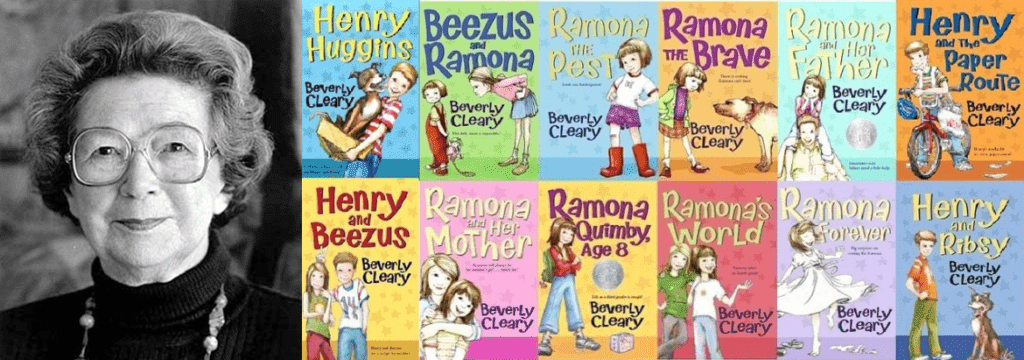)
)
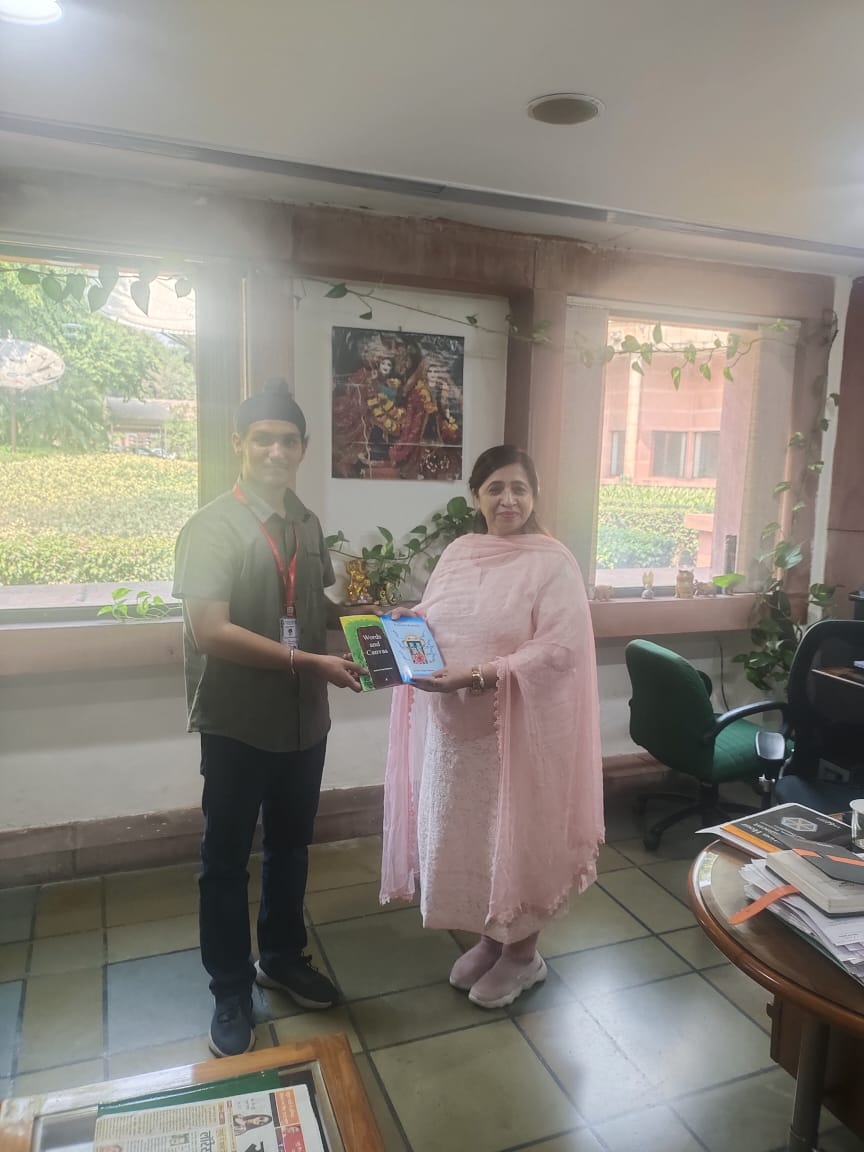)
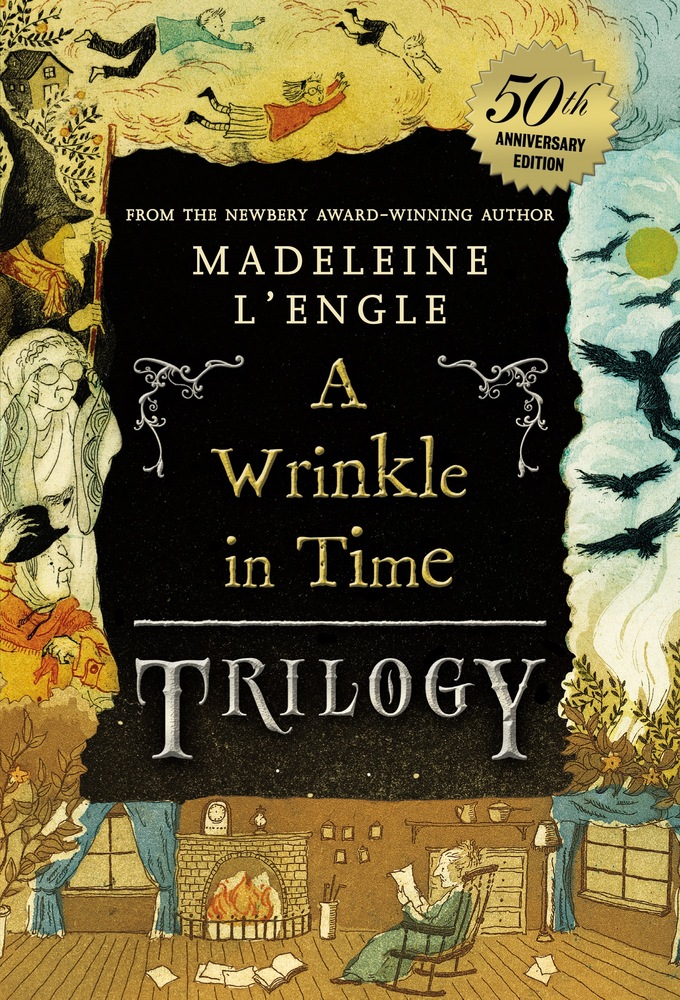)
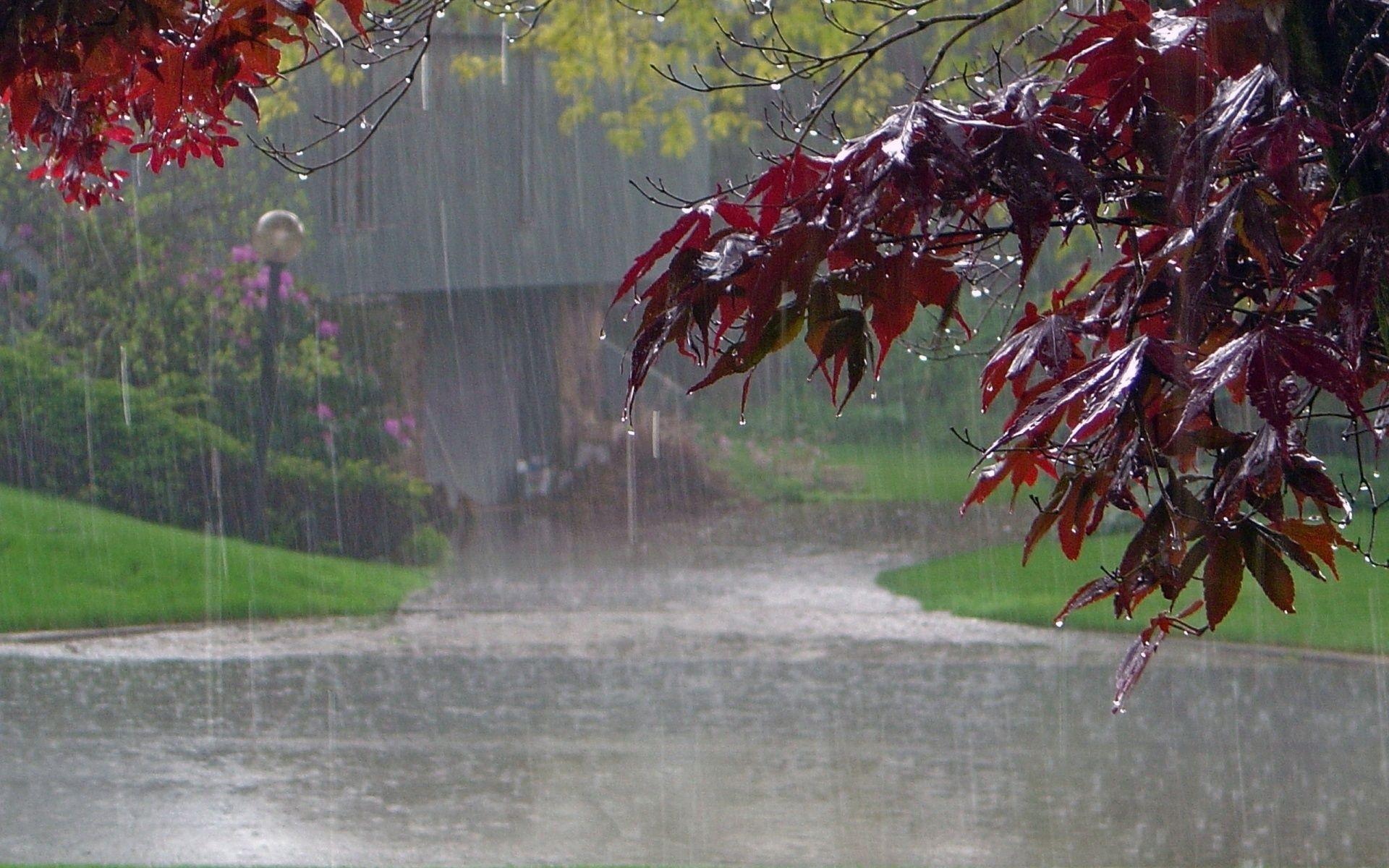)
)
)
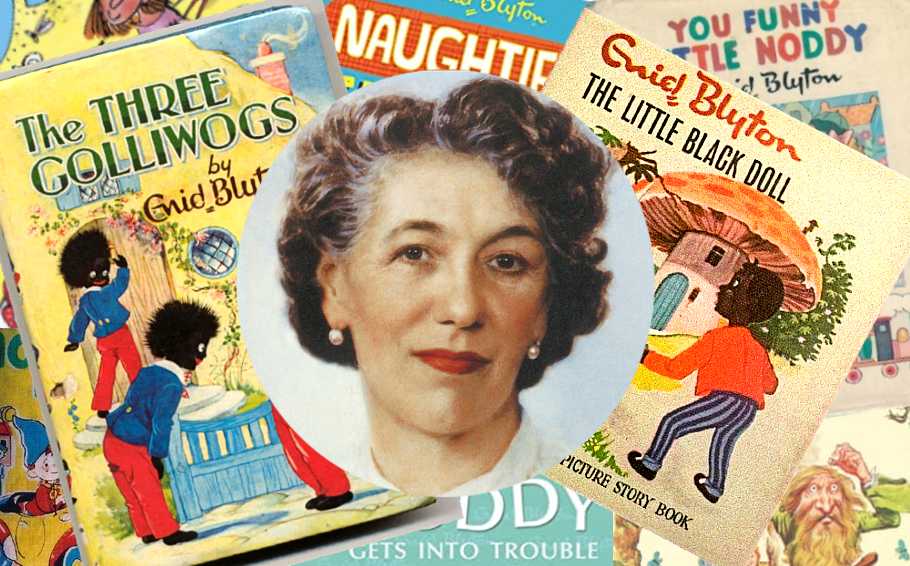)